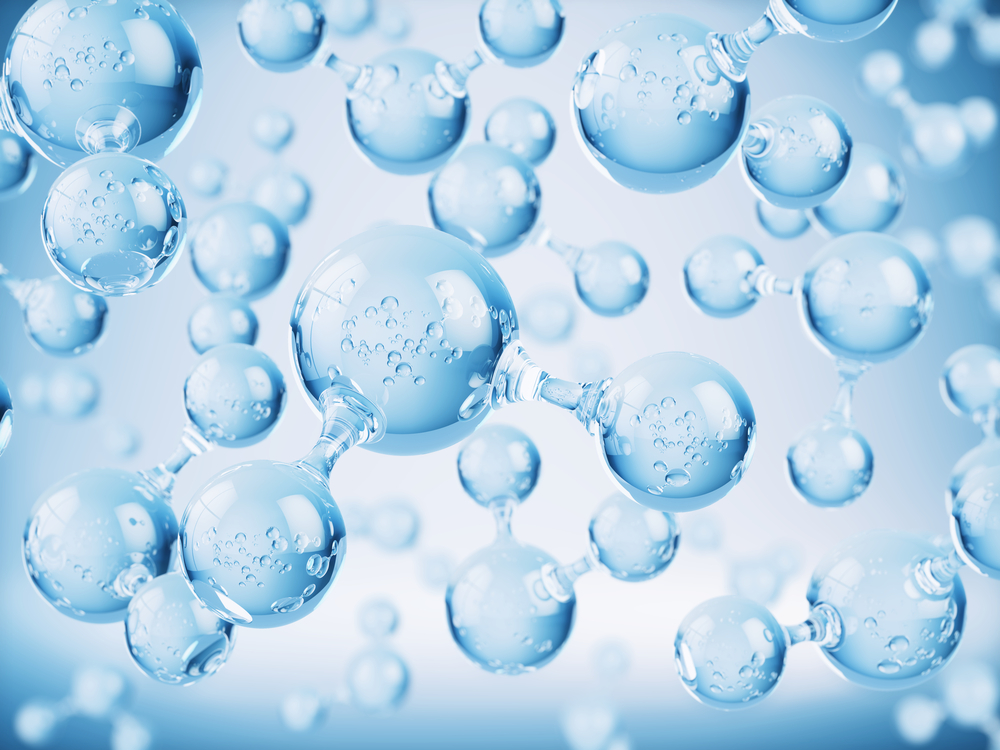HyperSolar gets European Patent for water splitting tech

Patent protects company's Gen 2 multi-junction artificial photosynthetic cell
HyperSolar, a US developer of a technology to produce renewable hydrogen, using sunlight and any source of water, has received the European Patent Office (EPO) decision to grant the patent entitled 'Multi-junction artificial photosynthetic cell with enhanced photovoltages'.
This patent is jointly held with HyperSolar and the Regents of the University of California, as a result of the collaboration with the University of California, Santa Barbara in developing the technology. The company has until June 6, 2019 to designate which countries in Europe it intends to validate the patent.
The patent protects the company's Gen 2 proprietary design of a self-contained high-voltage solar hydrogen production device made up of billions of solar-powered water-splitting nanoparticles per square centimetre.These nanoparticles consist of multiple semiconductor layers, with each successive semiconductor layer having a different composition and producing a successively smaller energy bandgap to increase the photovoltages for higher solar-to-hydrogen conversion efficiency.
The innovative integrated structures of high-density arrays of nano-sized high-voltage solar cells will serve as the core of the company˙s future hydrogen production units. The high-voltage, high-light absorbing properties of the nanoparticle solar cells enable production of ultrathin solar cells with significantly lower amount of materials. The nanoparticle solar cells can be produced through a conventional roll-to-roll process which leads to substantially lower materials and manufacturing cost compared to conventional solar cells used in rooftop power applications.
"This patent protects our key technology", commented HyperSolar˙s CEO Tim Young. "With the grant from the European patent office along with existing grants from Australia and the US, and notice of allowance in China, HyperSolar has taken major steps to protect its intellectual property that has the potential to provide widespread access to low-cost green hydrogen to the largest markets in the world. The nanoparticle solar cell is highly-efficient, ultra-thin and light-weight. This enables versatile applications of the solar hydrogen production device from small to large scale."


































